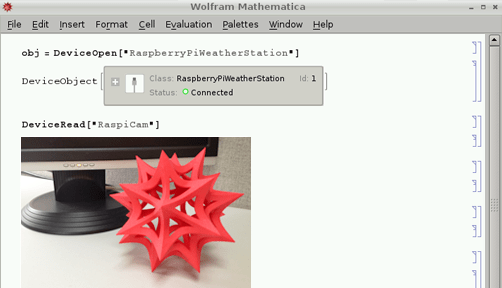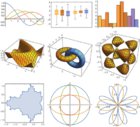

Press BACK SPACE to get back to free-form input.

This is Wolfram|Alpha query, which we’ll come to in a bit. Notice that the line now starts with an orange equals sign.īefore we go any further, press the = key a second time and the cursor will change again to an equals sign in a starburst shape. Press the equals key (=) once at the start of a new cell entry to switch to free-form input. This enables you to enter equations in plain English and get expanded information. One of the more interesting advantages Mathematica has over Wolfram Language in the command line is free-form Input. Here you’ll see an advanced calculator-style window, with buttons for math symbols and functions. Rather than memorise them all, it’s better to open Palettes > Basic Math Assistant. Such as CTRL+2 to create and insert a square root, and pressing ESC, P, ESC to enter the symbol (π) for pi. There are lots of other techniques for entering math symbols. Use your arrow keys and SHIFT to highlight the boxes and enter the amounts, such as: This splits the input into a numerator and denominator (indicated by empty boxes). In Mathematica you can enter fractions by pressing CTRL+/.

Using Wolfram Mathematica on Raspberry Pi You can highlight, cut, and copy cells with these. There is one for the input and output, and a larger one grouping both the input and output. To the right of the screen next to each are vertical lines knows as ‘cell brackets’. The default entry is Wolfram Language but unlike the command-line environment, you run lines using SHIFT+ENTER. This programming syntax can be used in Mathematica, where its graphical interface provides detailed graphs, plots, and further information.Īnybody who is learning maths or works with numbers will value Mathematica.Ĭlick on the Mathematica icon in the Task Bar to start the program, or choose Menu > Programming > Mathematica. Normally it costs hundreds of pounds to buy a licence, but Mathematica is free on the Raspberry Pi.īack in issue 67 we looked at Wolfram Language. It’s an extremely powerful mathematics and data processing program. Many professionals who work with numbers pay hundreds of pounds to purchase Mathematica.


 0 kommentar(er)
0 kommentar(er)
